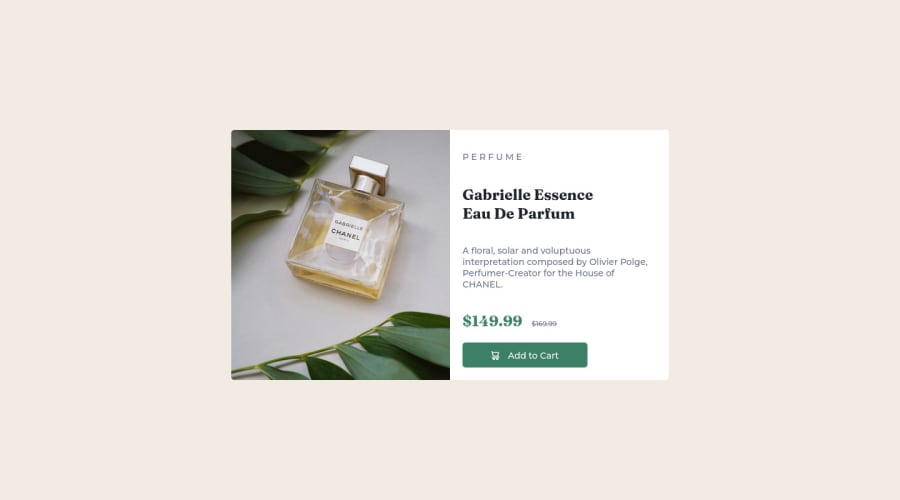
Design comparison
SolutionDesign
Solution retrospective
- This was my first time using media query in CSS to switch between layouts and images. When should I use min-width or max-width in these media queries?
- In mobile version, the image's div container has a longer height than the image's height. I tried object-fit but still the image did not fill the div container. So I'm unsure what I did wrong in my css or in that particular div container.
- What are the best ways to separate sections in one div? CSS grid or Flexbox? Are there situations for each?
Community feedback
Please log in to post a comment
Log in with GitHubJoin our Discord community
Join thousands of Frontend Mentor community members taking the challenges, sharing resources, helping each other, and chatting about all things front-end!
Join our Discord
